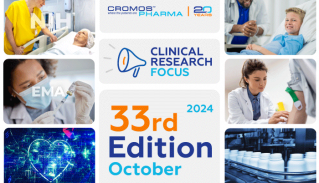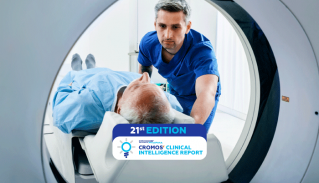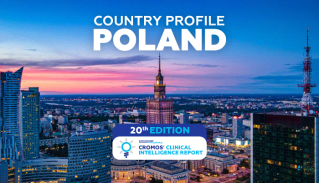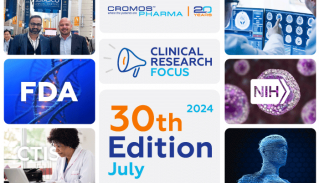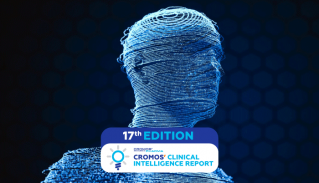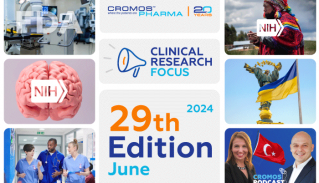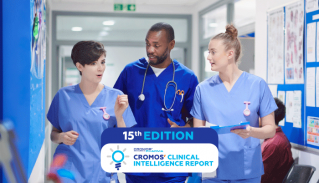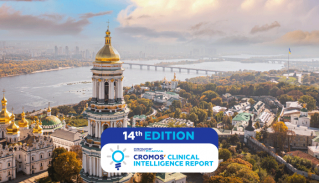
Groundbreaking Stem Cell Therapy Offers New Hope for Type 1 Diabetes: A Medical Breakthrough
In a world-first, researchers have successfully reversed type 1 diabetes in a patient using stem cell therapy, marking a potential turning point in the treatment of this chronic condition. This groundbreaking work, led by Chinese scientists, represents a shift from managing diabetes to potentially curing it—a development that could bring renewed hope to millions of people worldwide.
A New Approach to Type 1 Diabetes Treatment
Researchers at Peking University achieved this remarkable feat in a 25-year-old woman with type 1 diabetes, who had previously undergone two liver transplants and a failed pancreas transplant. Leveraging her own cells, the team induced pluripotency—essentially reverting adult cells back to a stem-cell-like state. These pluripotent cells were then transformed into insulin-producing islet cells and grafted subcutaneously.
A key highlight of the procedure was that these new islet cells functioned autonomously, producing insulin in response to the body’s needs, effectively restoring glycemic control. Just 75 days post-procedure, the patient no longer required exogenous insulin to manage her blood sugar levels. Even more remarkably, this insulin independence lasted for over a year, with the patient maintaining target glycemic levels 96.2% of the time, compared to just 43.18% prior to treatment.
While further research is needed to confirm the long-term viability of this approach, the initial results are nothing short of promising.
What’s Next for Stem Cell Research in Diabetes?
This case represents the first documented instance of insulin independence lasting for a year post-stem cell therapy, but other clinical trials are also showing promising outcomes. In June 2024, Vertex Pharmaceuticals presented positive data from a Phase 1/2 trial at the American Diabetes Association’s Scientific Sessions. This study, which initially included 12 participants and expanded to 37, focused on using stem cell-derived islet cells to restore insulin production in patients with type 1 diabetes. The early data showed significant potential for safety and efficacy, marking a major step forward in the field.
Earlier research in 2021, published in Cell Reports Medicine, provided critical insights into the safety of stem cell therapies. This Canadian study involved transplanting insulin-producing cells into 17 patients with type 1 diabetes, laying the groundwork for future developments in the field.
Overcoming Key Challenges
Despite these promising developments, significant challenges remain. One of the primary obstacles in stem cell therapies for type 1 diabetes is immune rejection. Since type 1 diabetes is an autoimmune disease, ensuring that the transplanted islet cells can survive long-term without being attacked by the immune system is crucial. This requires strategies to prevent rejection while minimizing the use of immunosuppressants, which carry their own risks.
Another critical hurdle is the scalability and cost of these therapies. Stem cell treatments are currently expensive, and making them more accessible to a wider patient population will require advances in manufacturing and cost reduction strategies. However, using a patient’s own cells, as seen in this case, may lower the risk of rejection and eliminate the need for lifelong immunosuppression, making the therapy more viable in the long term.
Conclusion
The scientific community is closely monitoring these advances as more trials build on the success of initial studies. If further research confirms the long-term efficacy and safety of stem cell-based therapies, we could witness a transformative treatment for type 1 diabetes within the next decade.
Stem cell therapy, already hailed as a breakthrough in regenerative medicine, holds immense promise—not just for diabetes but for a range of chronic conditions previously considered incurable. For biotech and pharma professionals, these developments underscore the importance of investing in innovative, patient-centered approaches to healthcare that could revolutionize disease management and treatment in the coming years.









